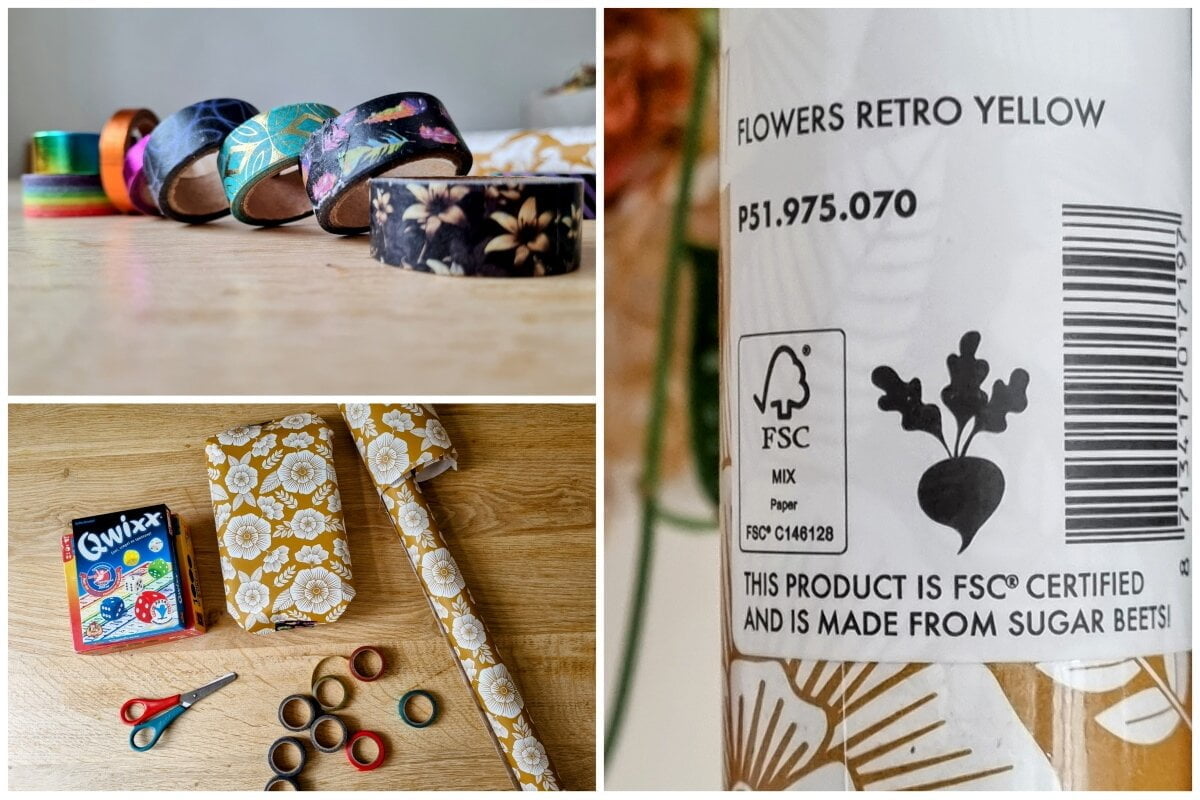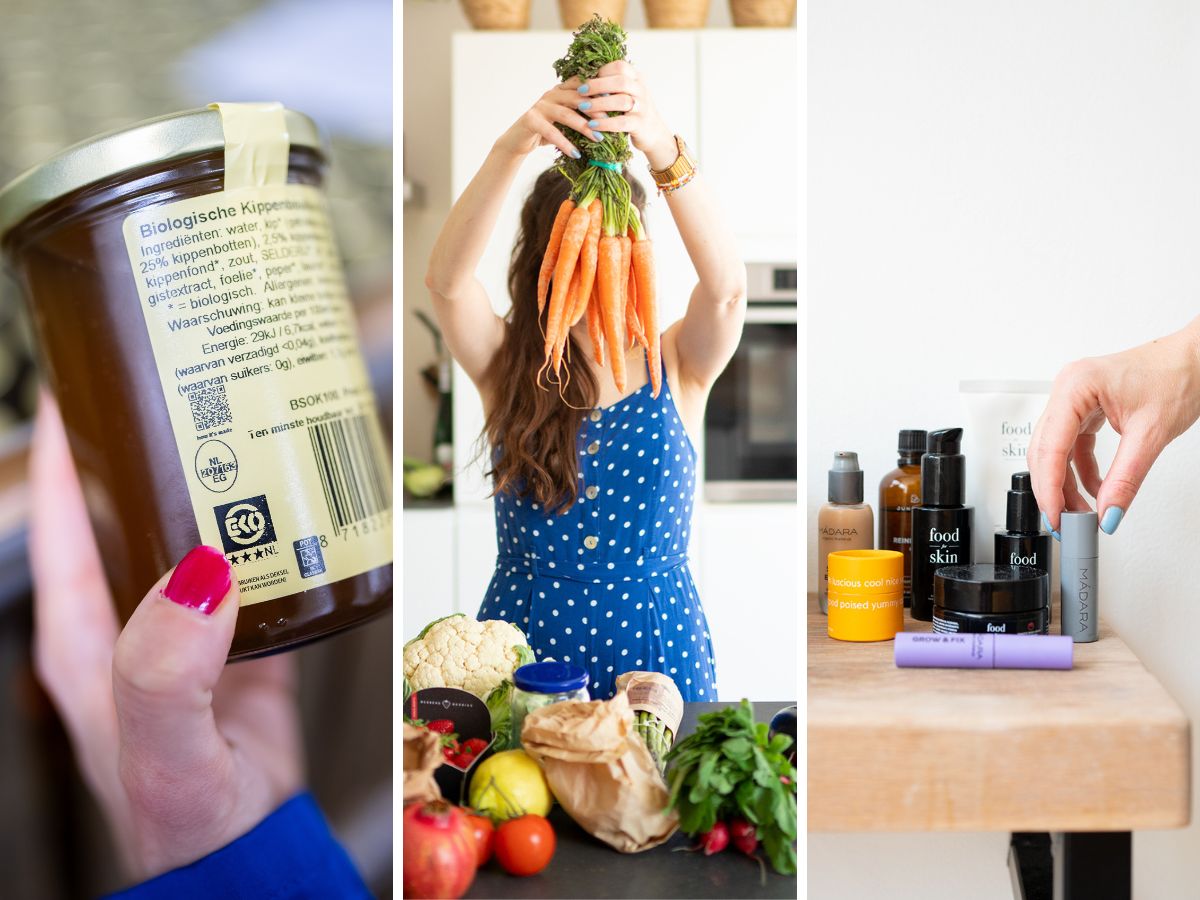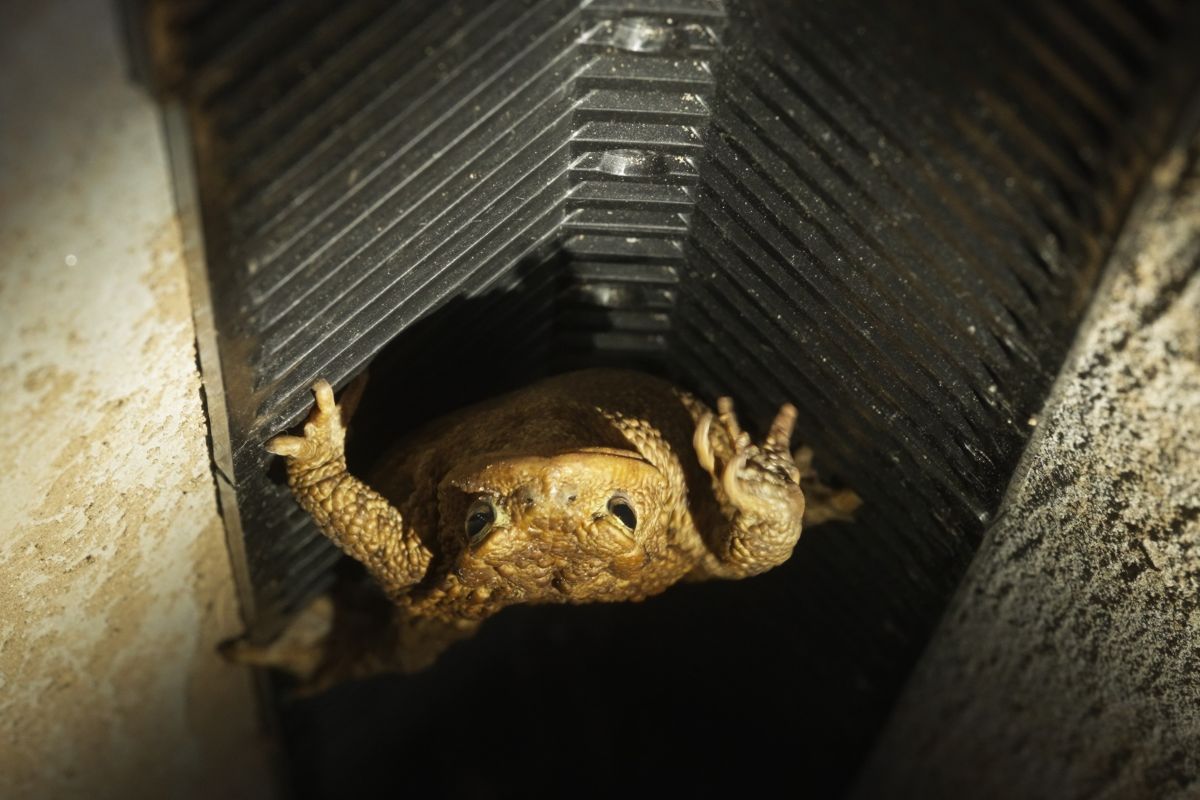You care about the earth and have gone out of your way to buy a second-hand or sustainable gift. Just a quick wrap and you're done. But wait a minute... One wrapping paper is not the other. And, of course, it is still a disposable product, even if you do your best to avoid tearing the paper when unwrapping it so you can use it twice. Can you make more sustainable choices when choosing wrapping paper? The answer is yes, and we've finely sorted that out for you.
Of course, there are things that have a much bigger negative impact on the planet, than a piece of paper. But if everyone thinks like this, we still cause a lot of waste together. In Denmark, with a population of less than six million, 800 thousand kilos of gift paper is thrown away every year at Christmas! 800 thousand kilos! Pooh, let's see if that couldn't be a bit more sustainable.
What is wrapping paper made of?
First, let's look at the impact of wrapping paper. Even though there may be more sustainable choices, wrapping paper is still most commonly used to wrap gifts. How bad is this? The production of paper leads to both air and water pollution. It takes a lot of wood, water and energy to make paper. The only advantage is that wood is renewable. So that's an immediate first tip. If you want to buy new wrapping paper, make sure that the wood used for the paper comes from a sustainably managed forest. You can recognise this by the FSC or PEFC-label. An example is the wrapping paper of House of Products. Besides wrapping paper made from wood, they also have wrapping paper made from sugar beet! There are also labels that pay close attention to ensuring that the production process is as sustainable as possible, such as the EU Ecolabel, the Nordic Swan Ecolabel and Blauer Engel.


Left: FSC-labelled wrapping paper from House of Products. Right: you can also pay attention to the FSC label for gift bags.
The ink used to make wrapping paper look so cheerful is usually not good either. Of course, the most sustainable option is to use unbleached and unpainted paper, but sometimes a nice print or colour is desired. In that case, paper printed with bio-ink is a sustainable choice. Ink needs a carrier oil, which often consists of mineral oils (petroleum). With bio-ink, the mineral oil is replaced by a vegetable oil. Unfortunately, it is difficult to find out whether the ink used is really sustainable, as the term bio-ink is not protected and anyone can use it. Again, labels such as the Nordic Swan Ecolabel or Blauer Engel can help.
Recycling gift paper
Which is good news: paper can be recycled up to five to seven times. It is therefore a more sustainable choice to choose recycled wrapping paper and separate collection of waste paper. Make sure the paper remains clean and dry, otherwise it does not belong in the paper bin. Also note that some gift-wrapping paper contains a layer of plastic and should therefore not be thrown away with waste paper. You can recognise this by tearing off a piece of the paper. If you cannot tear the paper easily, there is probably a layer of plastic on it and it belongs in the residual waste.
Of course, you can also recycle wrapping paper yourself by saving it and using it several times. In this case, it is a good idea to buy good quality gift wrapping paper. This paper can often be found in the better bookshops and can be recognised by its sturdy quality, a FSC or PEFC-label and often charming (matt) drawings. That thin flimsy paper, think of that typical Sinterklaas and holiday wrapping paper you often find at the checkout of supermarkets and drugstores, is different. After all, you often have to throw this away after just one use.
Or go for the most sustainable choice by using paper as wrapping paper that you already have at home. How about that pile of children's drawings that you actually think are a waste to throw away, but don't want to keep them all anyway. Wrap a gift with it! Or do you have some old books or maps that are gathering dust in the attic? Just use them as gift paper! And there are lots of other papers you probably already have at home that can serve as wrapping paper, such as old newspapers or magazines. Find more zero waste packing tips here.


Old children's drawings or newspapers are great to use as gift paper.
More than just wrapping paper
Besides paper, you usually need other things for wrapping, such as tape. Adhesive tape is made of plastic and glue. Again, you can make more sustainable choices such as adhesive tape with solvent-free adhesive. Do you also often have the problem that when you look for the beginning of the tape roll, half of it rips off and you waste so much? In this case, a good tape dispenser also a sustainable choice. You can also choose adhesive tape without plastic, namely the so-called washi tape which is usually made of (rice) paper and often printed with fun prints. This immediately makes the gift look extra festive.
A nice decoration can also give a gift just that little extra flair. You don't have to buy this new, but find it at the thrift shop or get it from nature. How about homemade confetti made of leaves, or decorations made of small pine cones, twigs or flowers?
Alternatives to gift wrap
For those who like to try something new, there are plenty of alternatives to wrapping paper these days. How about one of those cool wrapping cloths you can use over and over again? Especially for at home, I find wrapping cloths very handy. For outdoors, it needs a little more explanation, because the intention is of course that the person receiving the gift reuses the wrapping cloth. The production of cotton and also of other substances is also harmful to the environment, which is why wrapping cloths are only more sustainable if they are actually used often. Of course, you can also get to work yourself and make wrapping cloths from leftover fabric. Not so handy with a sewing machine? At Atelier Revive you will find beautiful wrapping cloths made from leftover fabrics. Need inspiration on how to wrap a gift with a wrapping cloth? The World Museum has handy videos online How to tie furoshiki, as the Japanese call it. You can find more original zero waste packing tips in this article.

Japanese wrapping cloths, these are made from leftover fabrics.
Content is more important than packaging
It may seem like a cliché, but even in terms of sustainability, content is more important than packaging. The things we buy usually have a much greater negative impact on our planet than the packaging. So should you be short on time, it is not at all a disaster if you use wrapping paper once that then ends up in the bin. Your time is better spent picking out a cool second-hand or sustainable gift, because this will ultimately make a much more positive impact. Not only on the recipient, but also on the world.
Are you choosing sustainable wrapping paper?
How sustainable gift wrapping is depends mainly on what the person receiving it does with the gift wrap afterwards. Are you almost certain that the gift wrap will end up in the rubbish after being opened? Then recycled or sustainable wrapping paper is a good choice. Does the recipient like to reuse? Then, for example, a wrapping cloth made from residues is a sustainable way to wrap a gift. Nowadays, there are plenty of ways to wrap a gift in an original and eco-friendly way. And if you don't have much time, don't focus on the packaging but rather spend your precious time choosing a sustainable gift.
More sustainable gift ideas from thegreenlist.nl
- Here you will find the best sustainable maternity gifts.
- This is how St Nicholas finds the best second-hand gifts.
- The nicest sustainable gifts for a colleague.
Sources: Milieu Centraal On the impact of paper, BigGreenSmile On ecological packing, from here.nl On sustainable packing, Stimular About bio-ink. Photo credits: Newspaper as gift wrap: Kirsten Marit Schoner, wrapping cloths: Angela de Vlaming, main image and other photos: thegreenlist.nl.






